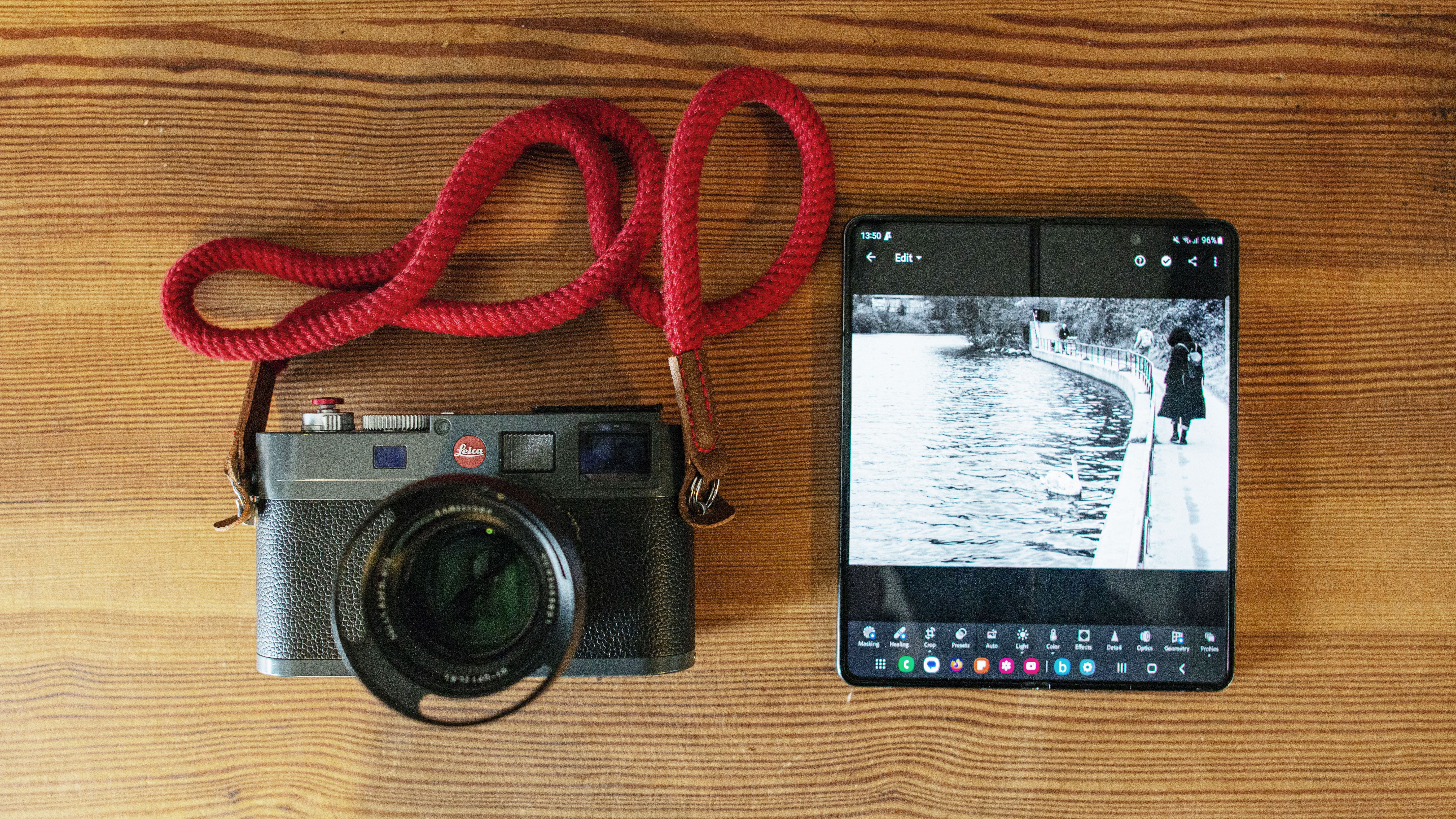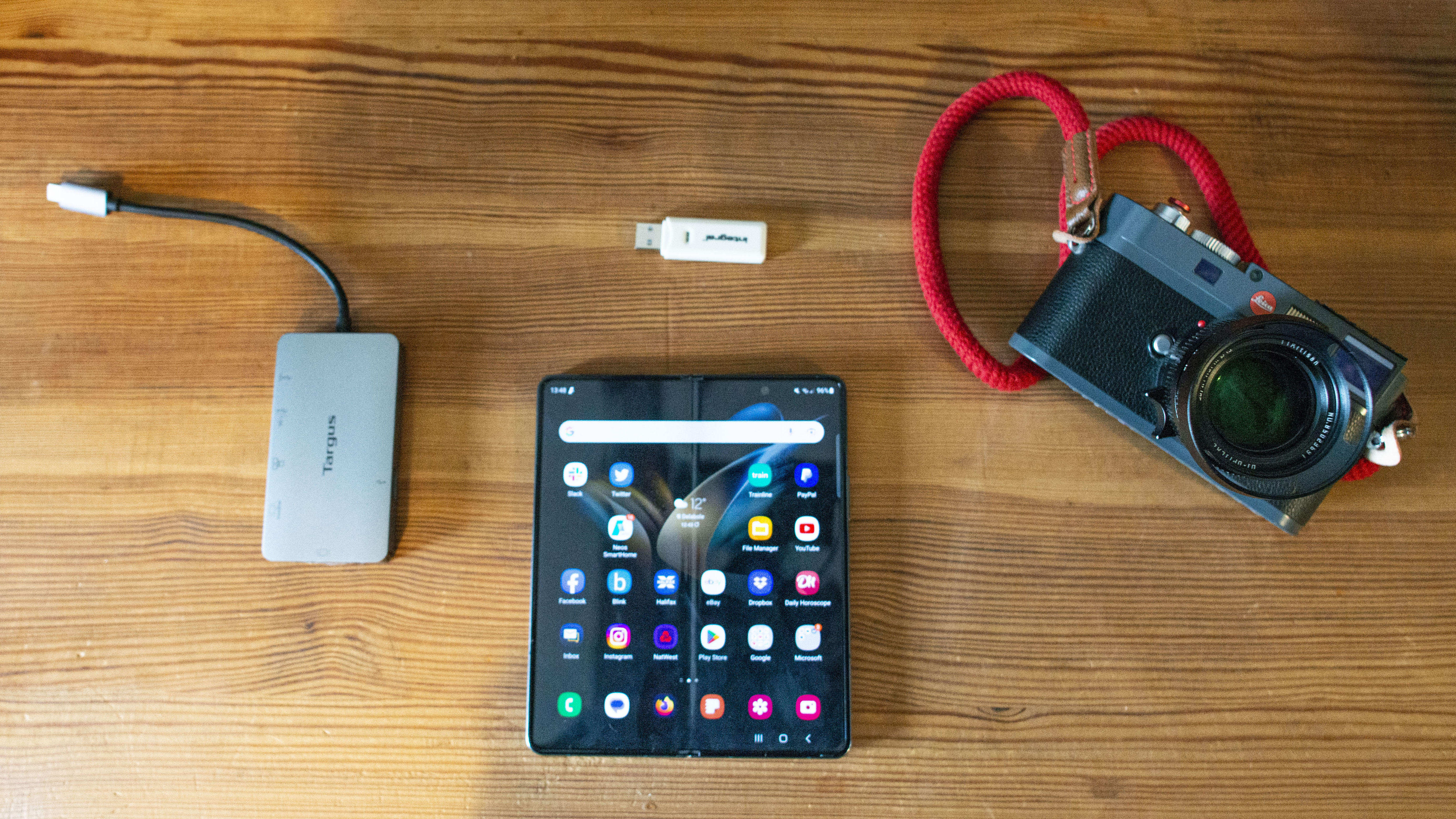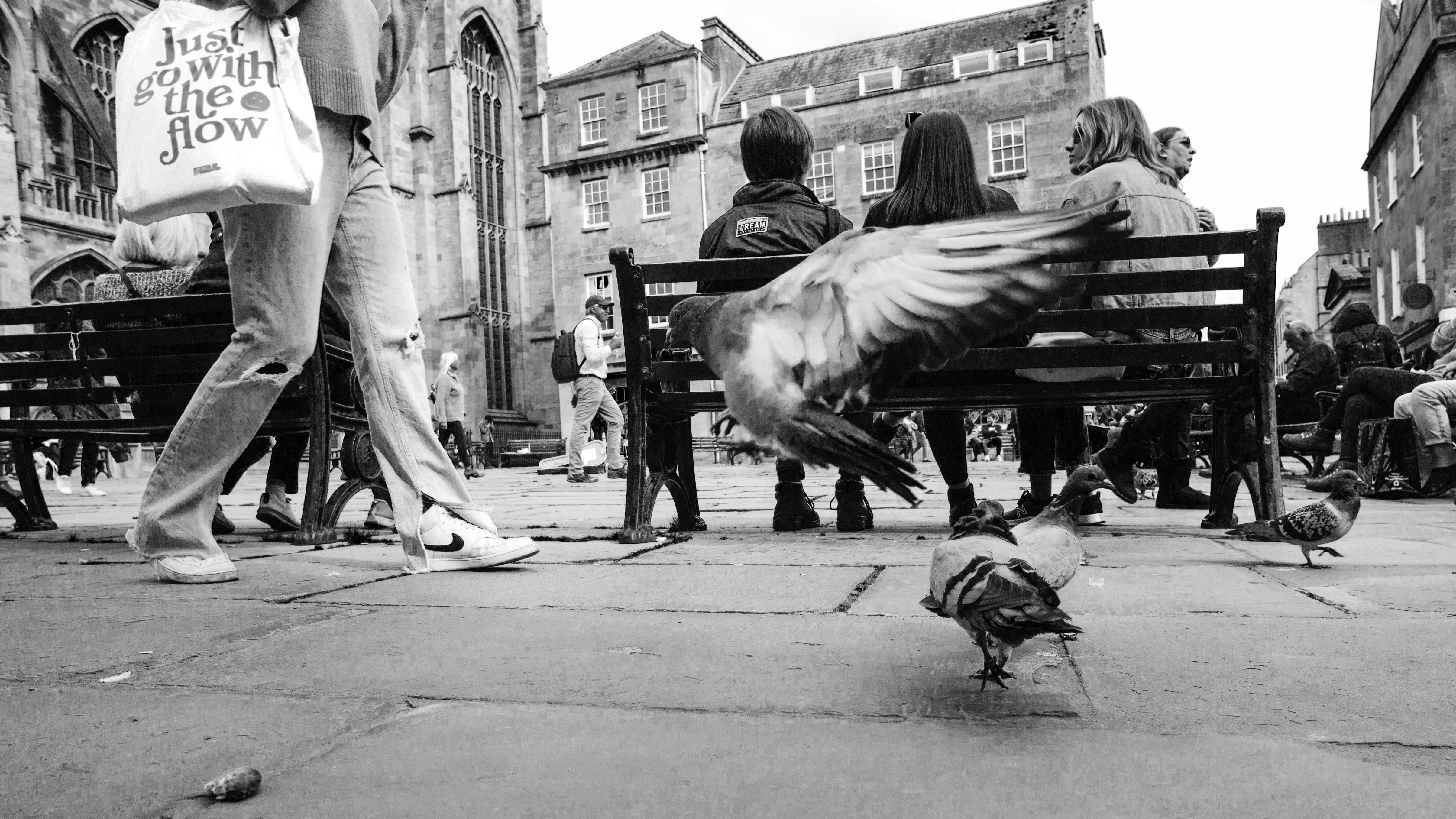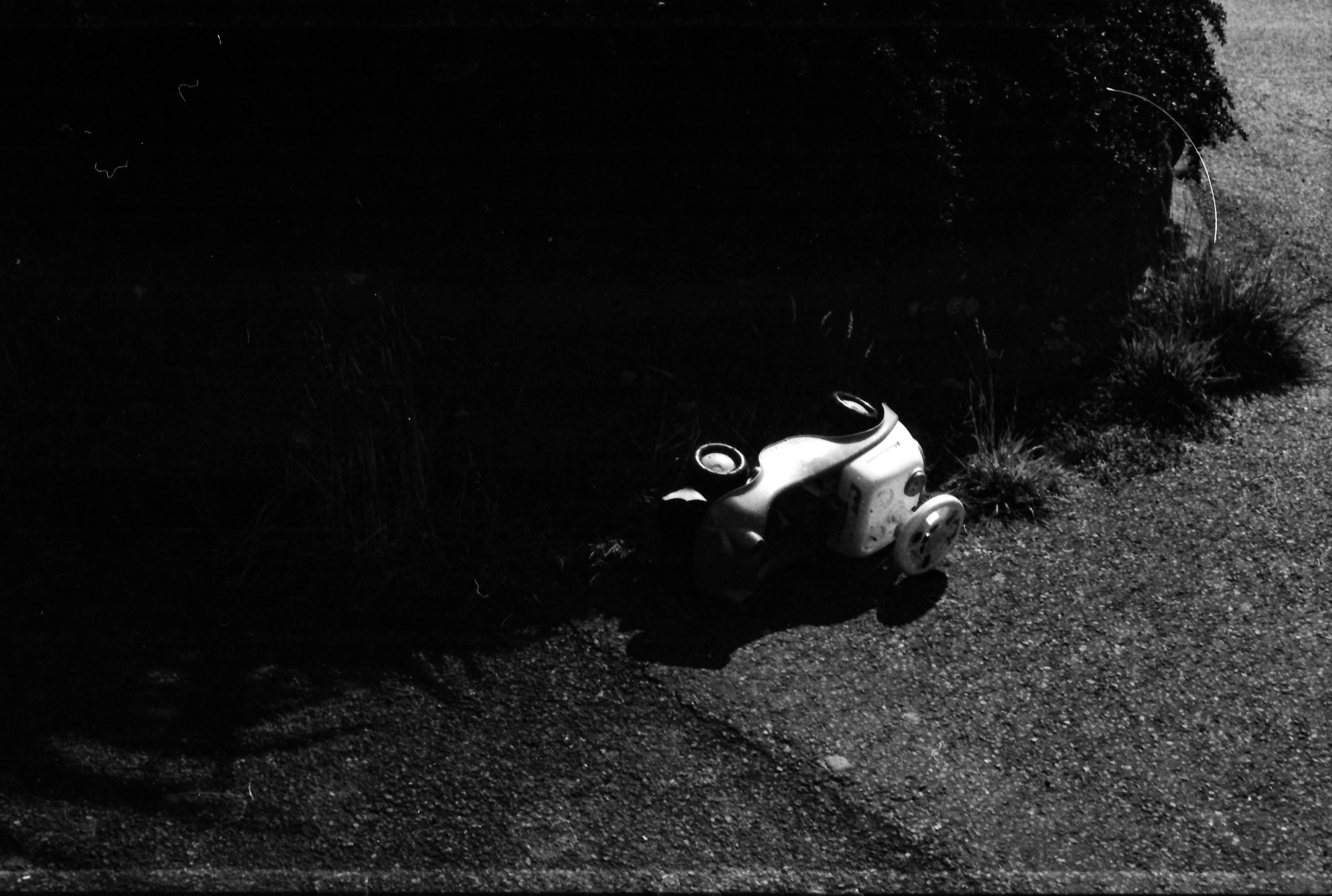
There has been a long-winded debate over many years since the iPad first came into existence, and when our mobile phones began to become more powerful: are even the best photo-editing laptops really necessary?
I've been a professional sports photographer for nearly 20 years and I always used a laptop – but since I've switched to street and documentary work, I began to realize that everything I do on my laptop can be done on my phone.
In fact, its been just over a year since I have been exclusively editing all my images on my phone with Adobe Lightroom. And it's made me think: is the laptop dead for the working photographer?

I first began testing out the Adobe Lightroom app on the phone I was using at the time, the Samsung Galaxy Z Fold4, and I was very impressed with the ease of use. Thanks to the Android system I was able to attach a USB-C to USB-A adapter, along with a small USB-A card reader, and export all my images from my SD card right to my phone and into Lightroom.
Most of my edits tend to be an adjustment to contrast, vibrance, or slight crops, and with my black-and-white for film and digital work it tends just to be little tweaks. And you know what? My phone does a much better job than my laptop ever could – and let me explain why.
First you have to understand my workflow, consisting of film and digital – more film than digital these days, which I've spoken about before on DCW. My digital work is simple: shoot, upload to phone, edit, and save to Dropbox ready to share to the masses when I feel like it.
Obviously shooting film has a few more steps, like developing it and then scanning it – but it's after that when my phone becomes the perfect solution over a laptop. When I have a digital file, I simply upload that into my Dropbox and then edit these scans of my negatives anywhere I am.
Yes I could do this on a laptop, but there is something so intuitive about just being able to edit images on the train with no fuss, or in the coffee shop without being that clichéd photographer.

I tend to share all my images across social media platforms like Threads and Instagram, so your user experience might vary. But for me, my phone is more than able to cope with my Leica M-E digital files or my 30MP equivalent digital scans of my negatives – enabling me to be laptop-free forever.
Honestly, have you ever wanted to be able to share images you have just taken on your wonderful camera? You might think about things like WiFi or Bluetooth – they do exist on modern cameras, but they certainly don't on any of my film bodies!
So my only option is to upload images to a device to be able to share them – and seeing as I always have my phone on me, this phone-only workflow suits my style of editing and sharing images perfectly!

I've seen many other photographers make the switch from a computer to an iPad and they say they have never looked back. And while I wouldn't mind a bigger screen to see my images on, a phone is good enough because guess what – everyone looking at my images is seeing them on a phone anyway! So if you think about it, it's the best way to view and edit them, as I will see them exactly how most users will see them too.
It has been just over a year now that I have not used my laptop to edit my images. And it's the freest and most liberating feeling, leaving the laptop and its bulkiness behind and just being able to shoot-edit-share in a seamless fashion. I even tried this method for three paid assignments, and 'the system' didn't put a foot wrong; I shot everything on my camera, uploaded the images to my phone, edited them, put them into a private Dropbox folder and emailed them off to the clients. Simple!
It's the ease of use that makes this editing setup fantastic, either for those in fast-paced environments or those that don't tend to edit their images a lot. And that's why I think the laptop is dead for the working photographer, as the phone and iPad killed it!
Take a look at the best iPads for photo editing and the best tablets for photo editing, along with the best flip phones and fold phones.







